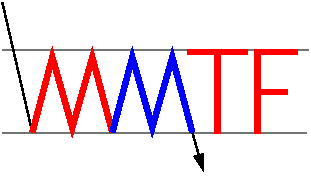Observers should observe flux standards at each wavelength in which science data is taken. Because of drift in the zero-point of the λ-Z relation, observers should recompute the appropriate Z value for the wavelengths of interest when taking flats. The observer should be aware of where in the field of view the calibration star is placed, since wavelength changes with distance from the optical axis. Exposure times of approximately 60 seconds should be appropriate for a star of magnitude 14-15.
A good database of Southern spectrophotometric standards resides at ESO. Because of the narrow bandpasses involved, care should be exercised in choosing a standard when the wavelengths of interest are near deep stellar absorption lines.
Emission-line flux standards are useful when observing in the 6600 Å and 6815 Å filters. See Tables 3-5 of Dopita & Hua (1997, ApJS, 108, 515) for a list of planetary nebulae that can serve as emission-line flux standards.

